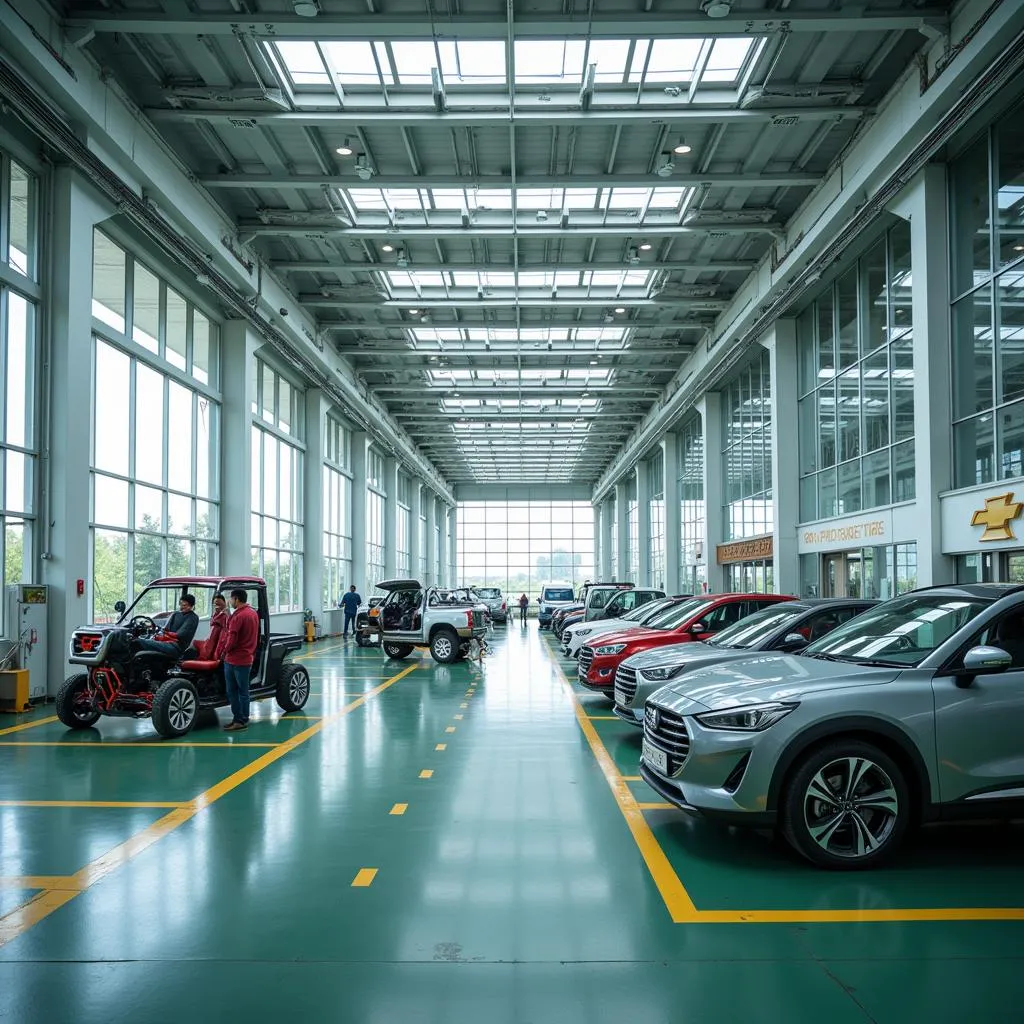The Asean Car Parc, a term encompassing the collective vehicle fleet across Southeast Asia, presents a captivating mix of established players and emerging trends. This vibrant region, known for its diverse cultures and rapid economic development, boasts a unique automotive landscape shaped by various factors, including government regulations, consumer preferences, and infrastructural advancements.
A Diverse Market with Unique Challenges
Unlike more homogenous markets, the ASEAN car parc is characterized by a wide disparity in income levels, geographic conditions, and regulatory frameworks. This diversity presents unique challenges for automakers seeking to establish a foothold in the region. While some countries grapple with traffic congestion and pollution in megacities, others contend with underdeveloped road networks in rural areas.
Dominant Players and Rising Stars
Japanese automakers have long held a dominant position in the ASEAN car parc. Brands like Toyota, Honda, and Mitsubishi have earned a reputation for reliability and affordability, catering to the needs of a price-sensitive market. However, recent years have witnessed the rise of South Korean and Chinese automakers, challenging the established order with feature-rich vehicles at competitive price points.
 ASEAN Car Market Share by Brand
ASEAN Car Market Share by Brand
The Rise of Green Mobility
As environmental concerns take center stage globally, the ASEAN car parc is witnessing a gradual shift towards green mobility. Governments are implementing policies to promote the adoption of electric vehicles (EVs) and hybrids, while automakers are expanding their EV offerings in the region. However, widespread EV adoption faces hurdles such as limited charging infrastructure and higher upfront costs.
Government Policies Shaping the Industry
Government policies play a crucial role in shaping the ASEAN car parc. Initiatives like tax incentives for fuel-efficient vehicles, emission standards, and investments in public transportation systems directly impact consumer choices and industry trends. For instance, Thailand’s eco-car program has successfully attracted investments from global automakers and spurred the production of fuel-efficient vehicles.
 Thailand Eco-Car Production Line
Thailand Eco-Car Production Line
ASEAN Car Parc: A Glimpse into the Future
The ASEAN car parc is poised for dynamic growth in the coming years. Rising incomes, a young population, and ongoing urbanization are expected to fuel demand for personal mobility. The region’s strategic location, coupled with a growing manufacturing base, also positions it as a key player in the global automotive industry.
Conclusion
Navigating the ASEAN car parc requires a nuanced understanding of the region’s diverse dynamics. From established players to emerging trends, the automotive landscape in Southeast Asia is constantly evolving. As the region continues on its path of economic growth and development, the ASEAN car parc will undoubtedly remain a focal point for industry players and observers alike.

